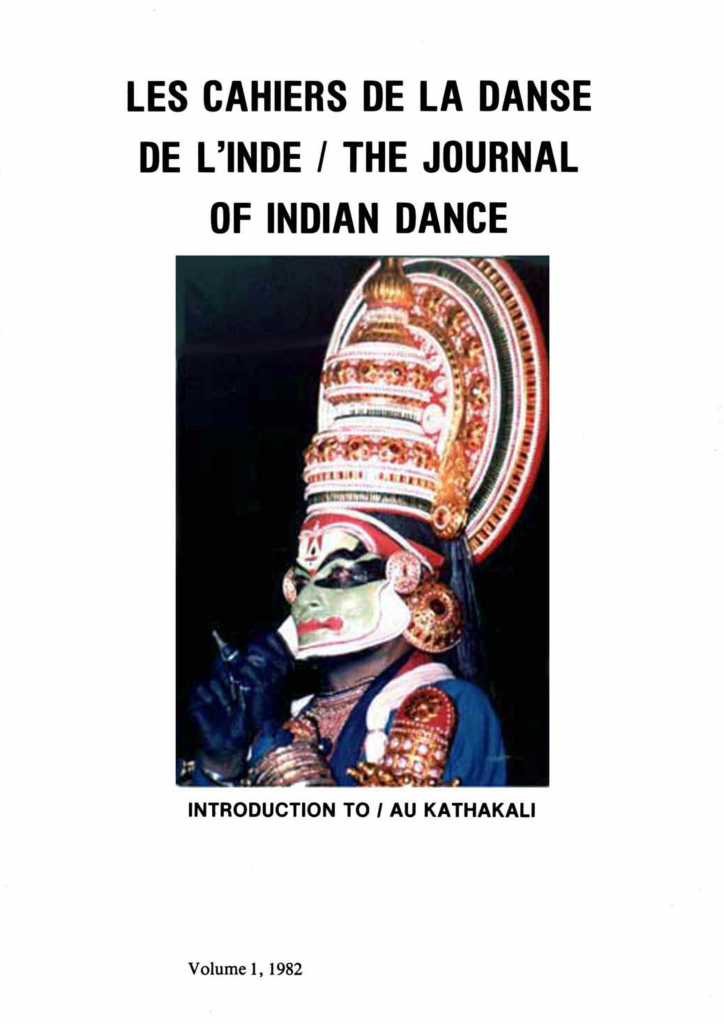Do you have to be one to know one? (Fay: 1996)
Written in the early 1980s, Initiation au travail de la danse en Inde (“Initiation to the matter of dance in India”) introduces the apprentice’s relationship to his dance master through a learning process performed under the gaze of a so-called “other” subject. The apprentice, who assumes the story in the name of the narrator, sets up the role of the moving subject when intraneity and extraneity can only be achieved through the artifice of a game. For the implicit narrator (the one who writes), the learning in the case in point is only a pretext for the deployment of a metaperformance taking place between the one who plays and the one who is played, going from the interchangeability of roles to the pirating of the other.

Tremblay, Richard (1982). “Initiation au travail de la danse en Inde”. Les Cahiers de la danse de l’Inde (Kalashas, éd. SILENTCULTURE), 10 – 30.
Photo: Kalamandalam Gopi dans le rôle de Bahukan. (Crédits: R. Tremblay, 1978.)
See: Dance-theatre kathakali.